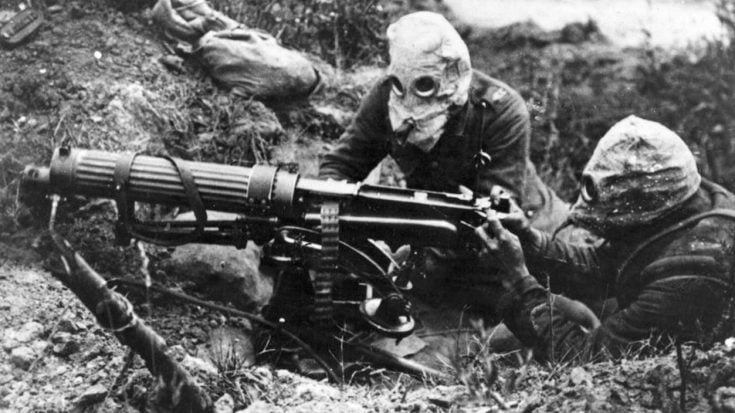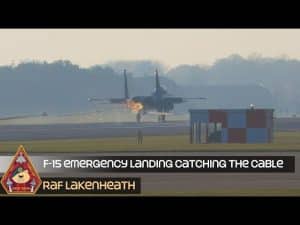What Makes A Weapon Inhumane? – How Far Is Too Far?

NPR
Inhumanity.
Following the end of World War I, the Geneva Convention established a set of rules prohibiting certain weapons from use. When it comes to war the objective is to kill your enemy by any means necessary. So why exactly are there regulations on certain ways of killing an enemy and what defines a point where a weapon becomes inhumane?
The Geneva convention banned weaponry included biological weapons, chemical weapons, and incendiary weapons in the use of war. The point where a weapon becomes inhumane has been defined as not killing your enemy but having an effect on a civilian population. Even Adolf Hitler objected to the use of gaseous weapons on the field of combat due to his exposure to mustard gas during WWI.
The use of atomic weapons also brought up the question of weaponry ethics when the top military leaders dubbed them inhumane. General Eisenhower, Admiral Nimitz, and General MacArthur all objected to the use of the atomic bomb because it would kill an untold number of innocents when Japan was already on the verge of surrender.
Wars have come a long way since they first began, combatants have been stabbed, burned, shot, blasted and incinerated in the ensuing carnage. However, it is the decision of a soldier to enter these life threatening situations to fight for their country or ideals. The civilian population has no involvement so they must be left out and any weapons or intentional targeting of them should be treated as a war crime.
For a more detailed examination into the ethics of inhumane weapons check out this video from Second Thought.


















